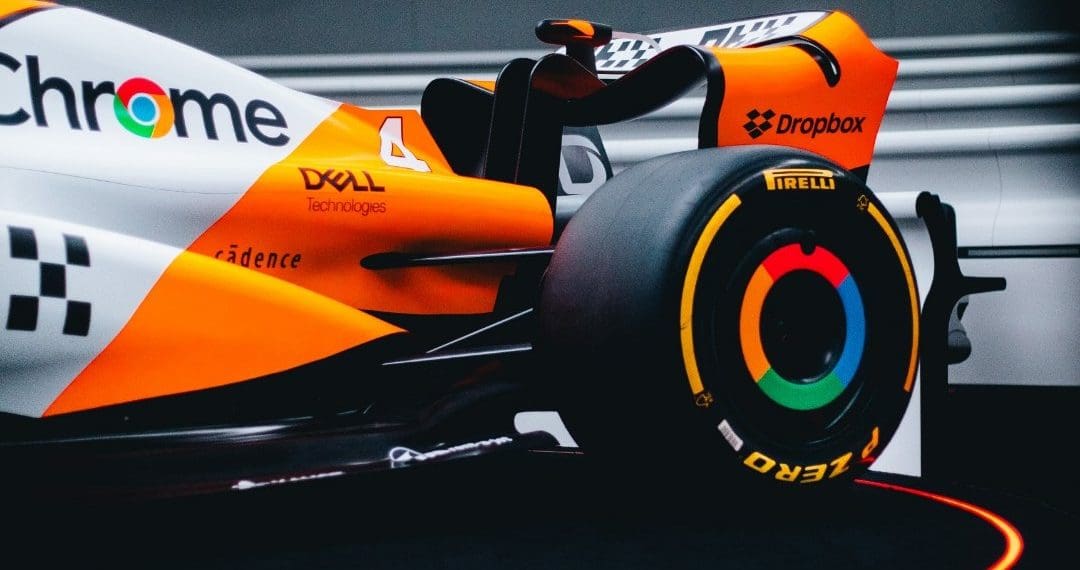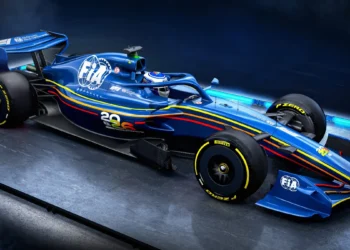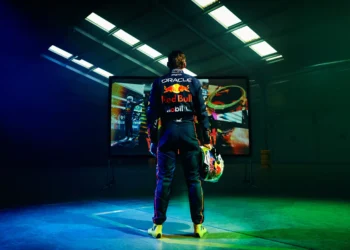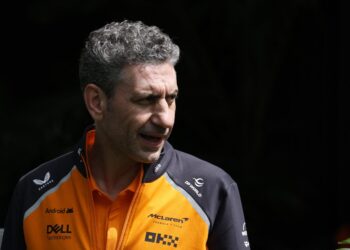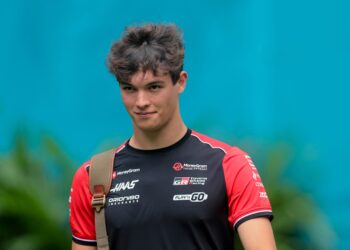McLaren is pushing back against the scrutiny over its controversial rear wing, which has been dubbed a ‘mini DRS’ by rivals following Oscar Piastri’s impressive win at the Azerbaijan Grand Prix. The Woking-based team maintains that its rear wing design complies with FIA regulations and has passed all required deflection tests. However, McLaren now expects the FIA to hold similar discussions with other teams regarding the legality of their rear wings, insisting that it’s not alone in pushing the boundaries.
The Rear Wing That Sparked the Paddock Debate
McLaren’s rear wing came under the microscope after on-board footage revealed the top element deflecting at high speeds, creating a slot gap that reduced drag and boosted straight-line speed. This aerodynamic trick helped Piastri fend off Ferrari’s Charles Leclerc in Baku, but it also drew the ire of rival teams, who called on the FIA for clarification. Although McLaren insists its wing was legal, the FIA has requested tweaks to the design, prompting McLaren to demand a broader review of other teams’ components.
McLaren: We’re Not Alone in Testing the Limits
McLaren Chief Designer Rob Marshall emphasized that McLaren is not the only team exploring the edges of the regulations, suggesting that other teams are also innovating in similar ways. “I wouldn’t say they’re exploiting it less than McLaren,” Marshall stated. “Everyone’s approaching their wing design in the way they think is best. But obviously, for whatever reason, we are talking about ours at the moment.”
Marshall believes McLaren’s rise to the front of the grid has naturally led to increased scrutiny from rivals, stating, “The nearer the front you are, the more scrutiny you come under. All teams scrutinise their own cars as well as other people’s.” He also pointed out that it’s common practice in F1 for teams to push the boundaries and work with the FIA to navigate the grey areas of car design.
McLaren Calls for Equal Treatment from the FIA
McLaren’s proactive stance includes making adjustments to its rear wing following the FIA’s review, but the team expects similar scrutiny to be applied across the board. “We would expect the FIA to have similar conversations with other teams in relation to the compliance of their rear wings,” McLaren said. The team’s stance highlights a broader issue in F1: the constant battle between innovation and regulation.
Rivals’ Complaints Won’t Deter McLaren’s Progress
Marshall brushed off rival teams’ complaints, noting that the FIA’s opinion is the only one that matters. “We work with the FIA to establish the legality of our car. As long as the FIA are happy, that’s the only opinion we need to worry about,” he said. McLaren’s response underscores its confidence in its design and its commitment to working within the rules, even as the competition heats up both on and off the track.
As McLaren continues to refine its rear wing design, the debate over the boundaries of F1’s technical regulations will undoubtedly intensify. With other teams now under the spotlight, the FIA’s actions in the coming weeks could set important precedents for the future of aerodynamic innovation in the sport.

